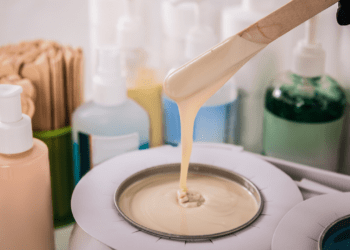Before the East India Company came to India, the country has adequate resources and labor. The East India Company set their foot in India after a charter granted by queen Elizabeth-1 giving them the sole right to trade in the east. They first came as traders and established the first English factory on the banks of the river Hugli in 1651.
In 1698, the company bribed the Mughal officers and gained zamindari rights (right to collect taxes by appointing middlemen) over three villages, Calcutta being one of them. Later they convinced Aurangzeb, the last powerful Mughal ruler, and gained a Farman (a royal order) allowing the company the right to trade duty-free.
Initially, the company used to purchase goods in India by importing gold and silver from Britain. The main motive of the company is to increase the revenue as much as it could and buy fine cotton and silk cloth as cheaply as it could. Cotton, silk, pepper, cardamom, cloves, cinnamon, etc are some of the most demanded goods in Europe.
The company gained the Diwani rights (revenue collection from people) from Mughal ruler Shah Alam and secured the position as Chief Financial Administrator of the territory under their control. Now the company can use the revenue collected in Bengal to purchase goods for export.
Initially, the British forced the peasants of India to produce cotton for export to Britain, but the Industrial Revolution in Britain reversed the entire situation. Exports from Britain flourished in India, a cheap and quality cloth gave no choice to Indians but to purchase them. Excessive land revenue demand, landlordism, decreased overall yield per acre and impoverishment of cultivators led to the overall downfall of Agricultural production by 14% between 1901 and 1939.
East India Company forced the peasants to cultivate the goods like indigo, opium, spices, etc. The cultivation of opium and indigo is not only non-profitable to farmers but also decreased the fertility of the soil. Even though the Chinese Qing dynasty banned the import of opium to China, British India secretly exported poppy to china resulting in two Opium Wars. The Great Bengal Famine in 1770 is attributed to the failure of monsoon, exploitative tax revenue policy, and devastation from the war of the British which resulted in the deaths of 10 million people.

From traders to colonizers, the British succeeded politically and economically in India. It is estimated that from the period of 1765 to 1938 British India profited with a sum of 45 Trillion Dollars. Apologists insist India would never have seen a development in railways, plantations, education, and infrastructure without British colonization.
Well, the British developed railways to increase the faster movement of goods and to decrease transportation cost. They introduced plantation agriculture because of favourable climatic conditions and to increase their profits. British India imparted western education to convince the people of India on the profits of machine-made British goods. Most of the infrastructural development was centralized in the 3 presidencies (Bombay, Madras, and Bengal).

